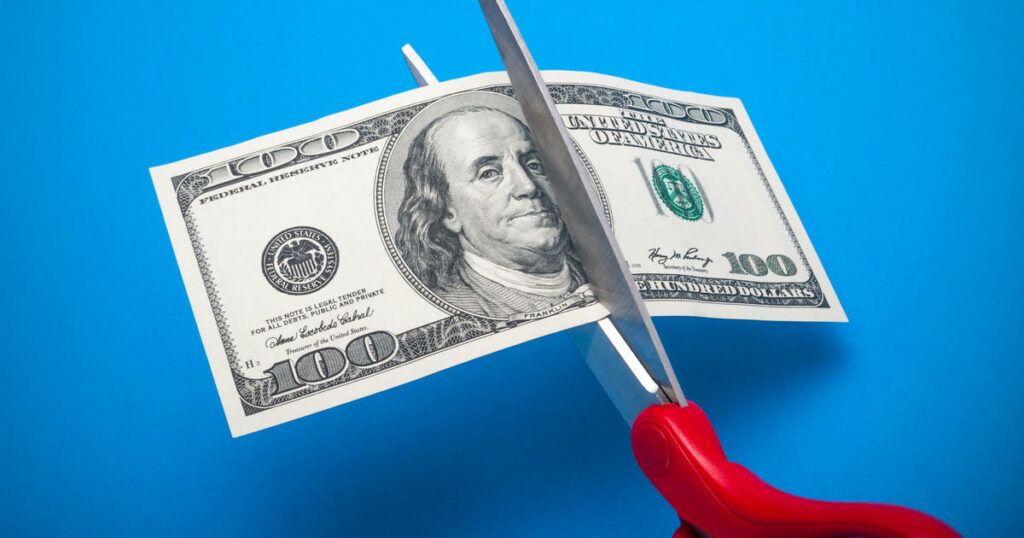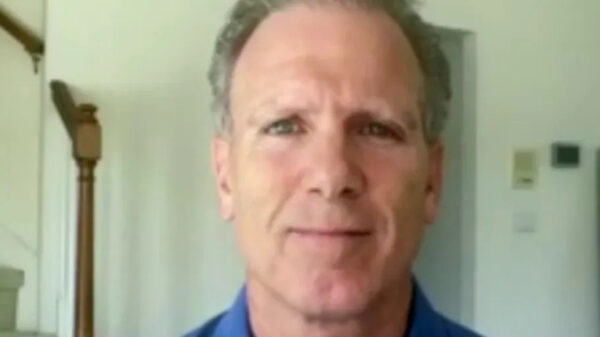
Lawmakers in more than half of the states are responding to their new cash reserves with similar proposals: tax cuts. (Photo: Yahoo Finance)
Even as the U.S. economy slows, many states are flush with cash due to tax cuts, with their so-called rainy day funds expected to reach a record high of $136.8 billion this fiscal year.
Moreover, lawmakers in more than half of the states are responding to their new cash reserves with similar proposals: tax cuts.
According to a recent left-leaning Institute on Taxation and Economic Policy (ITEP) report, twenty-seven states are considering tax cuts this year. Some officials, including those in Mississippi and Arkansas, are considering eliminating their state income tax, while others are considering property tax cuts, among other ideas.
READ ALSO: 2023 Tax Season: Here’s Why IRS Warns to Plan Your Tax Refund Spending Carefully

Lawmakers in more than half of the states are responding to their new cash reserves with similar proposals: tax cuts. (Photo: Flipboard)
During the pandemic, the push to reduce state taxes has been highlighted. Many states have reduced their income tax rates or established new tax credits and rebates in the last two years, partly due to strong economic growth and billions in federal pandemic aid. According to the Tax Foundation, 21 states have reduced their tax rates, with more considering deeper or new income tax cuts in 2023.
Current tax cut proposals range from small reductions in state income tax rates to eliminating the individual income tax, as proposed by Mississippi Governor Tate Reeves, a Republican running for reelection this year.
The good, the bad, and the ugly of tax cuts
State lawmakers say they want to cut taxes for various reasons, including making their states more economically competitive with others, boosting economic growth, and helping taxpayers struggling with inflation.
Lower and middle-income households, on the other hand, received only a small or no benefit at all. It is because higher-income families pay the most taxes, whereas some low-income households pay almost none. This means that a tax cut would only partially benefit low-incoming families compared to high-earning ones.
READ ALSO: 50% Tax Cuts – West Virginia Governor Jim Justice Proposes

















